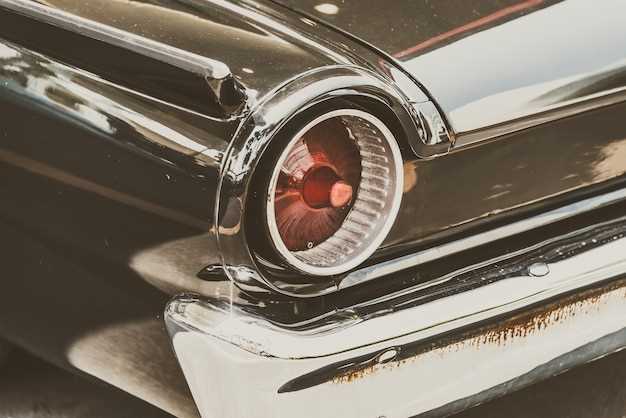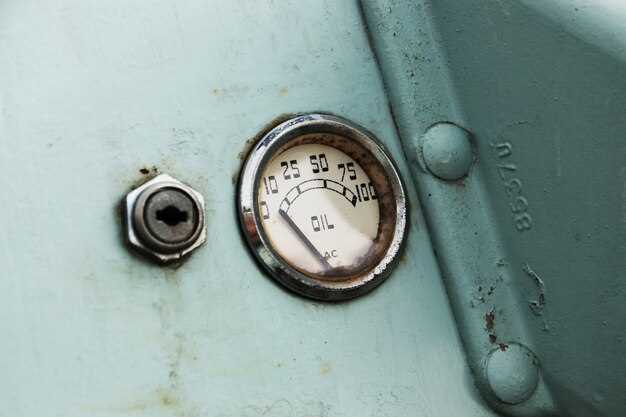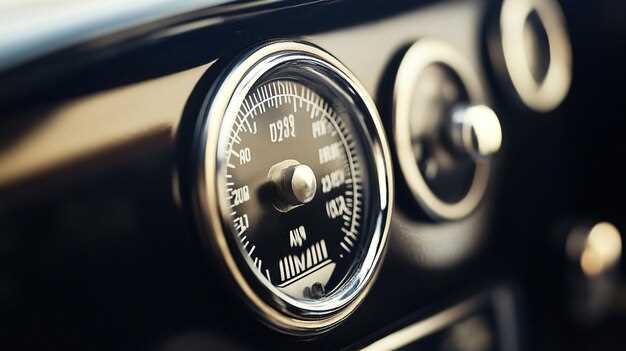
The valuation of classic cars is a nuanced process, influenced by various factors, one of which is mileage. For collectors and enthusiasts, the value of a classic car is not solely determined by its make and model; rather, the distance it has traveled plays a critical role in shaping its market appeal. Understanding how mileage impacts valuation is essential for both buyers and sellers in the vintage automotive market.
Low mileage is often associated with a higher value due to the assumption that lesser use may indicate better overall condition and original parts. Conversely, high mileage can lead to depreciation, as it typically suggests more wear and tear. However, the relationship between mileage and classic car value is more complex than simply a linear decrease in worth; other variables such as service history, restoration quality, and rarity also come into play.
In this article, we will explore the intricate dynamics between mileage and classic car valuation, providing valuable insights for those navigating the intricate world of vintage automobiles. By examining real-world examples and expert opinions, we aim to clarify how mileage should be evaluated in conjunction with other factors to determine the true worth of classic vehicles.
Understanding Mileage Impact on Selling Price
Mileage plays a crucial role in determining the selling price of classic cars. Generally, lower mileage is associated with a higher value, as it often indicates that the vehicle has been less worn and is in better condition. For collectors and enthusiasts, a classic car with minimal miles suggests that it has been well-maintained and preserved, making it more desirable. As a result, owners can expect to achieve a premium price for such vehicles.
Conversely, high mileage can lead to a significant drop in valuation. Every additional mile contributes to the wear and tear of critical components, potentially affecting the car’s performance and longevity. Prospective buyers may be concerned about maintenance costs and the likelihood of repairs, which can deter them from making an offer or result in lower bids. Consequently, classic cars with extensive mileage might struggle to attract serious interest in the market.
It’s essential for sellers to accurately assess the mileage in relation to their car’s condition, rarity, and overall market demand. A well-documented history demonstrating careful use and maintenance can help mitigate some of the negative impacts of higher mileage. Ultimately, understanding the correlation between mileage and selling price is vital for anyone looking to navigate the classic car market effectively.
Identifying Key Mileage Thresholds for Value Loss

One of the most significant factors influencing the value of classic cars is mileage. High mileage often indicates more wear and tear, while lower mileage can suggest less usage and better overall condition. To accurately assess a classic car’s value, it is essential to identify key mileage thresholds where noticeable depreciation occurs.
Generally, classic cars are grouped into various mileage categories: low (under 30,000 miles), average (30,000 to 60,000 miles), and high (over 60,000 miles). For many collectors and enthusiasts, vehicles with mileage under 30,000 miles are highly sought after and can command premium prices due to their pristine condition and lower likelihood of mechanical issues.
Conversely, once a classic car surpasses the 60,000-mile mark, its value can experience a significant decline. This is primarily because potential buyers may perceive the vehicle as having endured substantial mechanical wear. Often, the drop in value becomes more pronounced as mileage increases beyond this point. For example, a classic car with 70,000 miles may see a value reduction of 10-20% compared to a similar model with 50,000 miles.
It is important to consider not only the mileage but also the car’s maintenance history. A well-maintained high-mileage classic could retain more value than a low-mileage car that has been neglected. Regular servicing, original parts replacement, and documented care can mitigate some depreciation associated with higher mileage.
In conclusion, understanding the mileage thresholds that influence value loss is crucial for both buyers and sellers in the classic car market. Potential buyers should be wary of high-mileage vehicles unless supported by strong maintenance records, while sellers should aim to highlight the preservation efforts made to maintain their car’s value.
Strategies for Managing Mileage in Classic Car Ownership

Managing mileage effectively is crucial for preserving the value of classic cars. One of the first strategies is to establish a clear driving purpose. Limiting usage to special events, shows, and club gatherings reduces everyday wear and tear while maintaining the car’s history and aesthetics.
Another important approach is scheduled maintenance. Regular servicing helps identify potential issues early, allowing owners to address them before they lead to increased mileage or damage. Keeping detailed records of maintenance can also support the car’s value in the long run.
Consider investing in a quality car cover and storing the vehicle in a climate-controlled environment. This practice not only protects the car from environmental damage but also discourages unnecessary driving. The less the car is on the road, the lower the mileage, which can significantly impact its future value.
Joining a classic car community provides opportunities for networking and sharing resources. Owners can benefit from advice on avoiding excessive mileage and may even engage in car sharing for events, keeping personal mileage down while still enjoying the classic car lifestyle.
Finally, utilize technology to monitor mileage. Many classic cars can be equipped with modern tracking devices that help owners stay informed about their vehicle’s usage. This proactive approach enables better control and helps in maintaining the car’s market value over time.

